Hailstorms are a well-known meteorological phenomenon known to cause significant damage to communities and people. For solar farms, which are increasingly becoming a pivotal part of our renewable energy infrastructure, hail can be particularly troublesome.
Hailstorms occur when warm, moist air rises and cools in a thunderstorm, leading to the formation of towering cumulonimbus clouds. Within these clouds, strong updrafts keep supercooled water droplets suspended, allowing them to freeze into ice crystals. As the crystals encounter additional moisture, they grow larger, forming hailstones. The severity of damage done by the hail can depend on the severity of the storm.
The impact of hail on solar panels
Hail stones can vary in size and intensity, and their impact on solar panels include:
- Cracked or Shattered Panels: Large hailstones, especially those exceeding one inch in diameter, can crack or shatter the glass surface of solar panels. Even small cracks can reduce the efficiency of the panels by allowing moisture and dirt to seep in, ultimately impacting energy production.
- Dented Frames: The frames that hold solar panels in place can also suffer from hail impacts. Dented or bent frames can lead to misalignment of panels and reduced structural integrity, which may cause issues with panel positioning and overall system stability.
- Disrupted Electrical Connections: Hail impacts can also affect the electrical components of a solar panel system, such as junction boxes and connectors. Damage to these components can interrupt electrical flow and reduce system performance.
All these elements will affect how much energy the farm can generate.
Where are they happening
In the U.S., hailstorms are most common in the central part of the country, particularly in an area known as "Hail Alley." This region includes parts of Colorado, Nebraska, and Wyoming. Hail is also frequently observed in the broader Great Plains region, which extends into states like Texas, Kansas, and Oklahoma.
Hailstorms are more common in these areas due to the combination of warm, moist air from the Gulf of Mexico meeting cooler, drier air from the Rockies. This interaction creates the conditions needed for severe thunderstorms that can produce hail. The Great Plains, with its relatively flat terrain, also allows storm systems to develop and intensify more easily compared to other parts of the country.
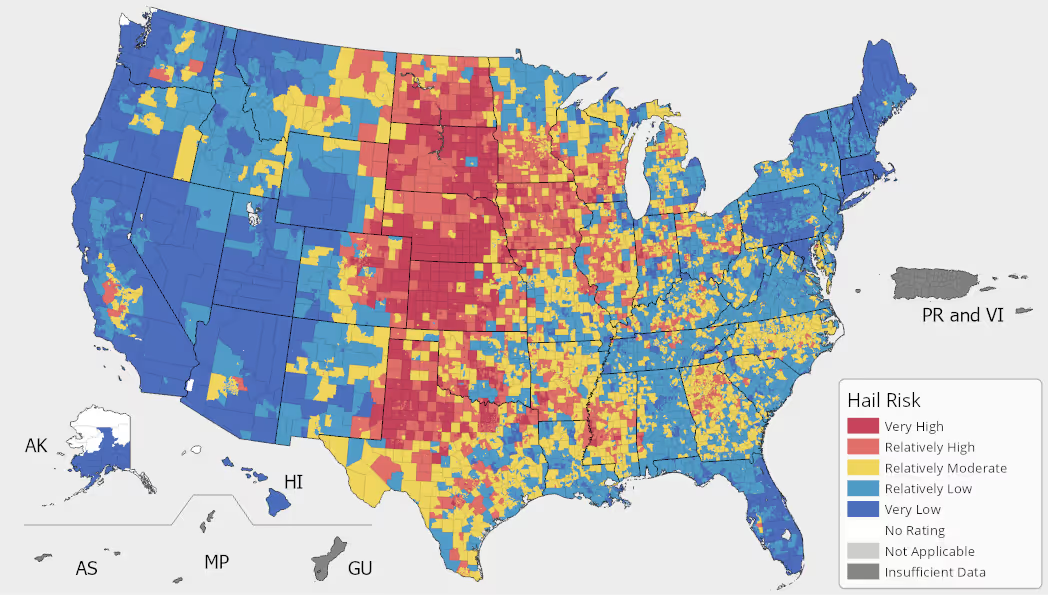
How to forecast energy in a hailstorm
Energy companies use a combination of advanced technologies and methodologies to forecast energy generation, even when events like hailstorms affect their solar farms.
- Weather Forecasting Models: Companies rely on high-resolution weather forecasting models to predict storms, including hail. These models provide detailed information about expected precipitation, storm intensity, and duration. This helps solar photovoltaic (PV) owners anticipate potential impacts on energy generation.
- Real-Time Monitoring: Solar farms are equipped with real-time monitoring systems that track weather conditions and the performance of individual panels. This allows companies to quickly assess the impact of a hailstorm and adjust their forecasts based on actual data.
- Historical Data and Analysis: Historical data on past weather events and their impacts on solar energy production helps companies understand how similar conditions might affect current operations. By analyzing this data, they can make informed predictions and adjust their forecasts accordingly.
- Maintenance and Inspection: After a hailstorm, companies conduct inspections to assess damage to the panels and other equipment. Understanding the extent of any damage helps in adjusting short-term generation forecasts and planning for repairs.
- Predictive Analytics: Advanced predictive analytics and machine learning models can help forecast energy production by analyzing patterns in weather data, panel performance, and historical impacts of similar weather events.
- Grid Management: Energy companies also manage the grid to balance supply and demand. If a storm is predicted to affect solar generation, they can adjust the grid's operation by increasing output from other energy sources (like wind, hydro, or fossil fuels) to compensate.
Maintaining accurate forecasts is crucial for energy companies to manage their operations effectively, even in the face of adverse weather conditions. By integrating real-time weather data with sophisticated predictive models, Amperon delivers unparalleled accuracy in renewable generation forecasting, even in the face of unpredictable weather events like hailstorms. Our advanced methodology ensures that energy companies can proactively manage their solar and other renewable resources, minimizing downtime and optimizing performance. With Amperon’s comprehensive weather intelligence, you gain the confidence to make informed decisions, improve operational efficiency, and enhance the reliability of your energy supply. Trust Amperon to turn weather challenges into opportunities for growth and stability in your energy operations.




.svg)



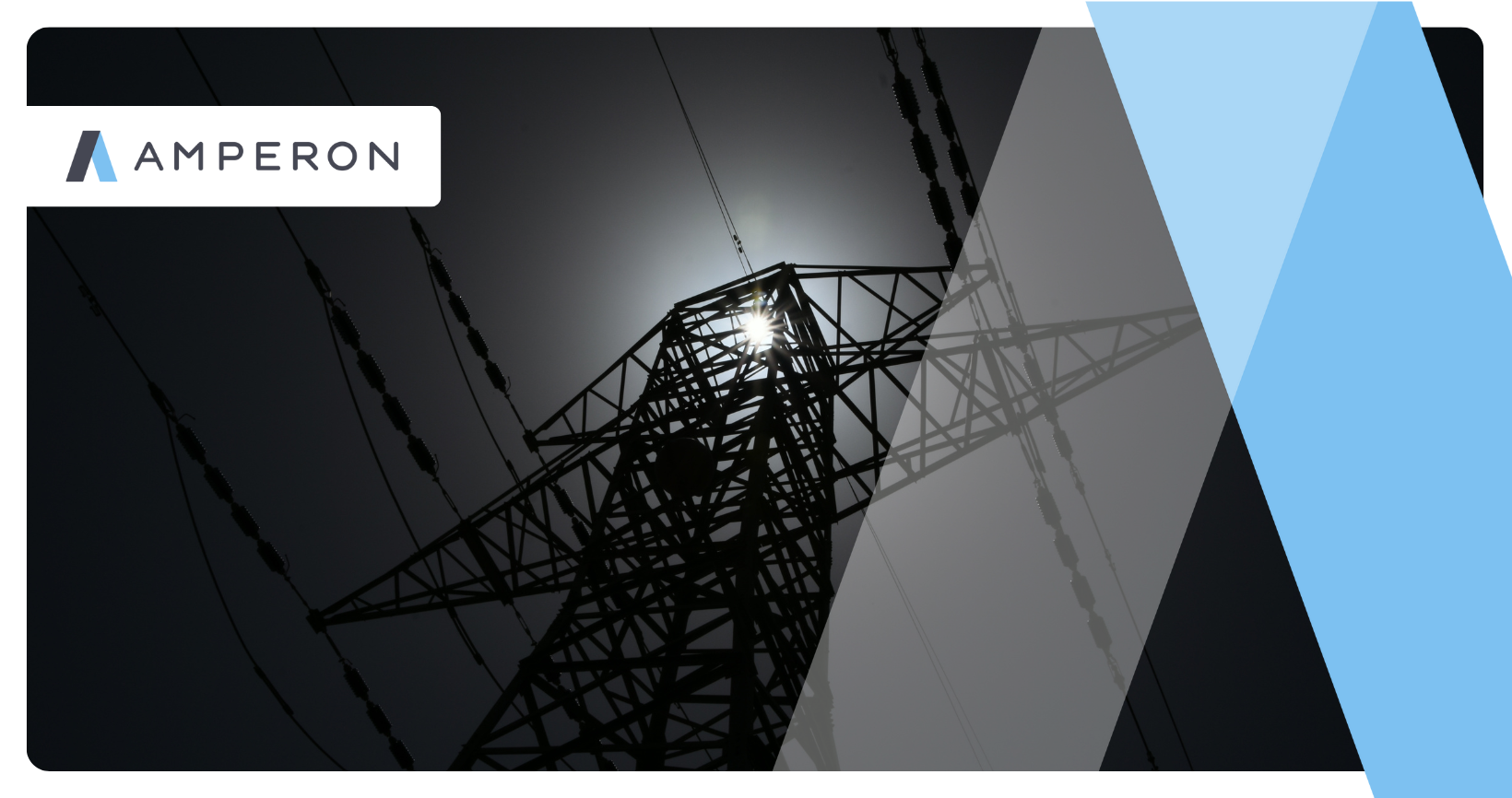

%20(3).png)
%20(2).png)
%20(1).png)







.png)

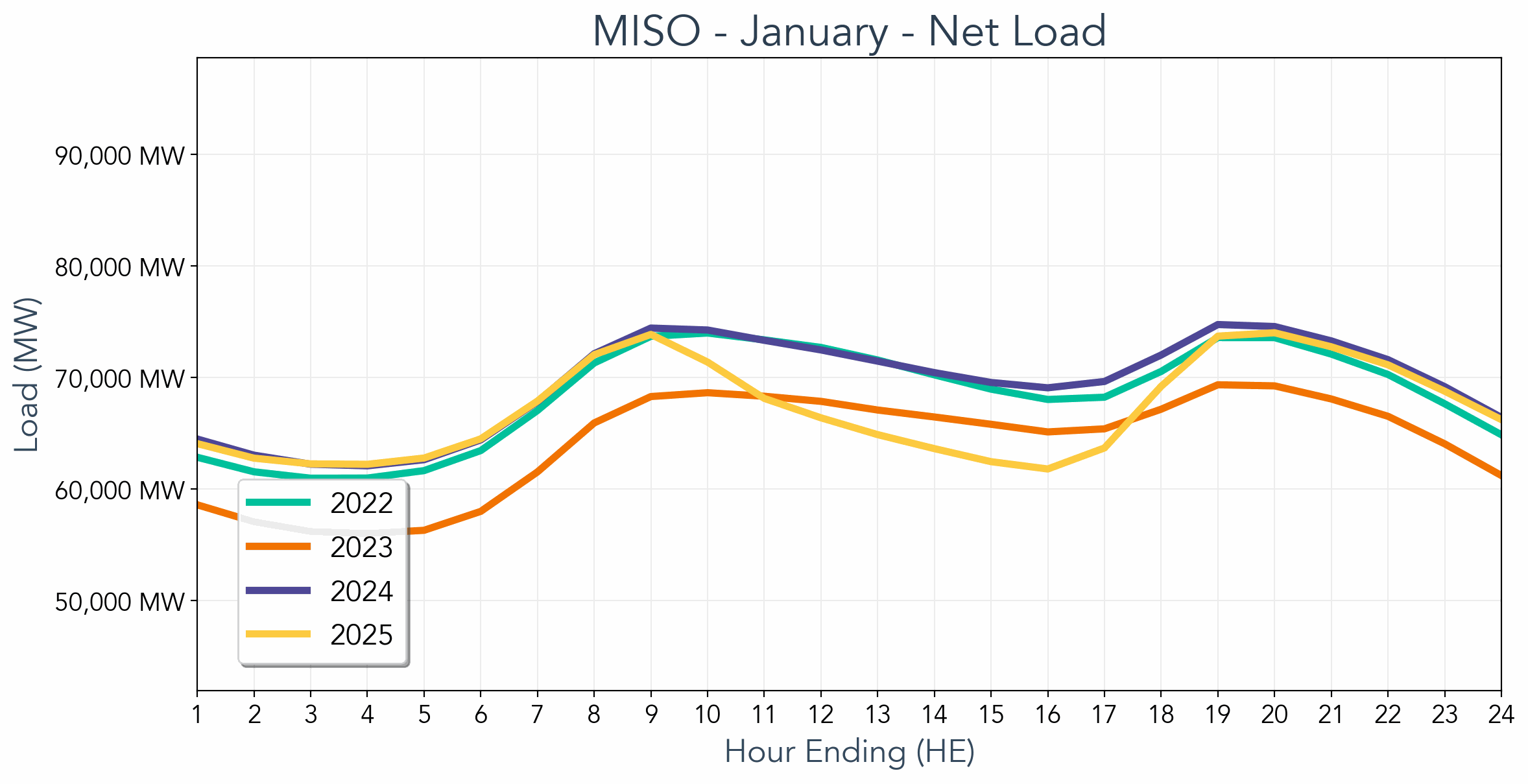

.avif)




.avif)

.avif)


.avif)
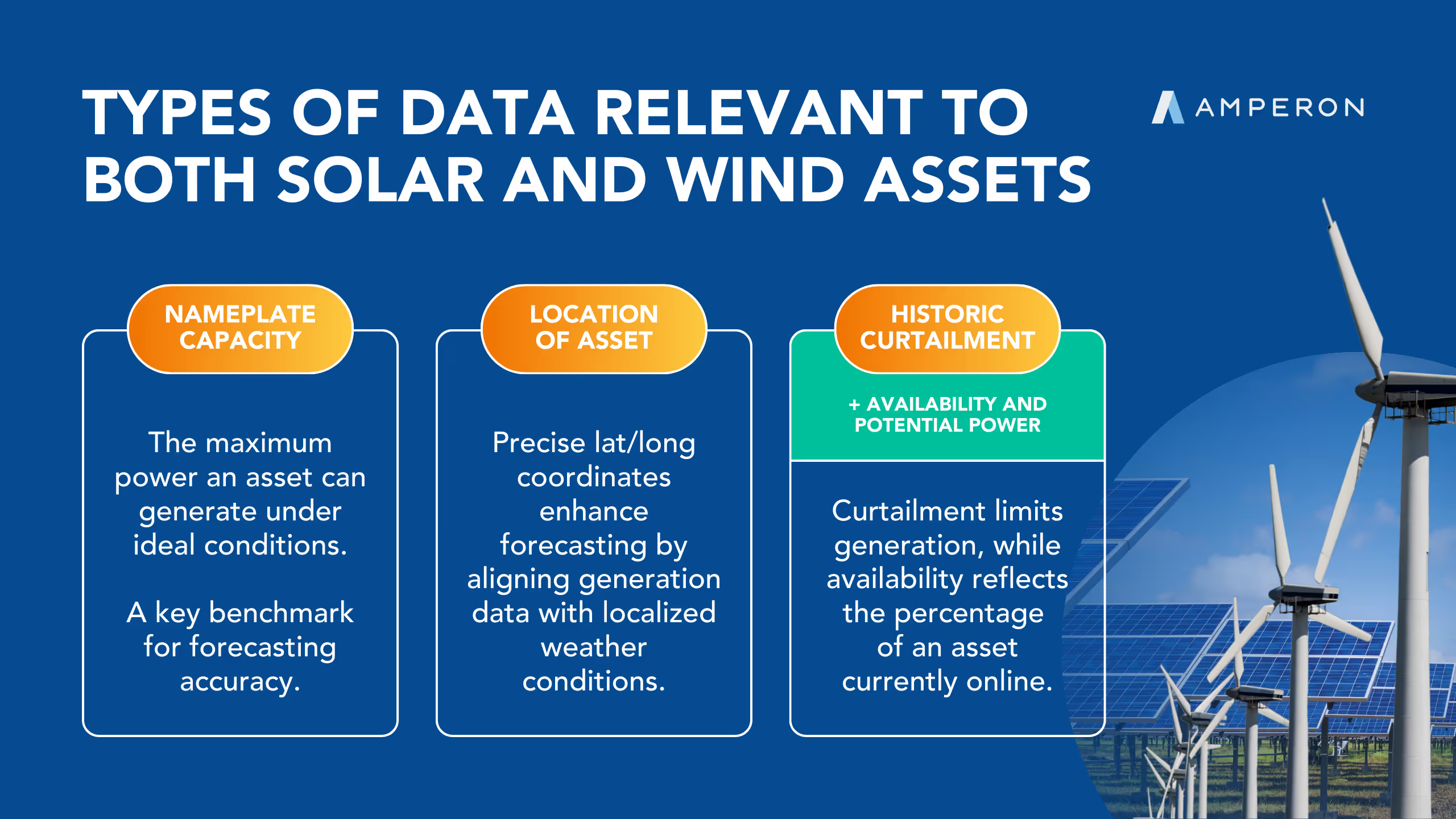


.avif)
%20(15).avif)

.avif)
%20(10).avif)

.avif)


.avif)

.avif)
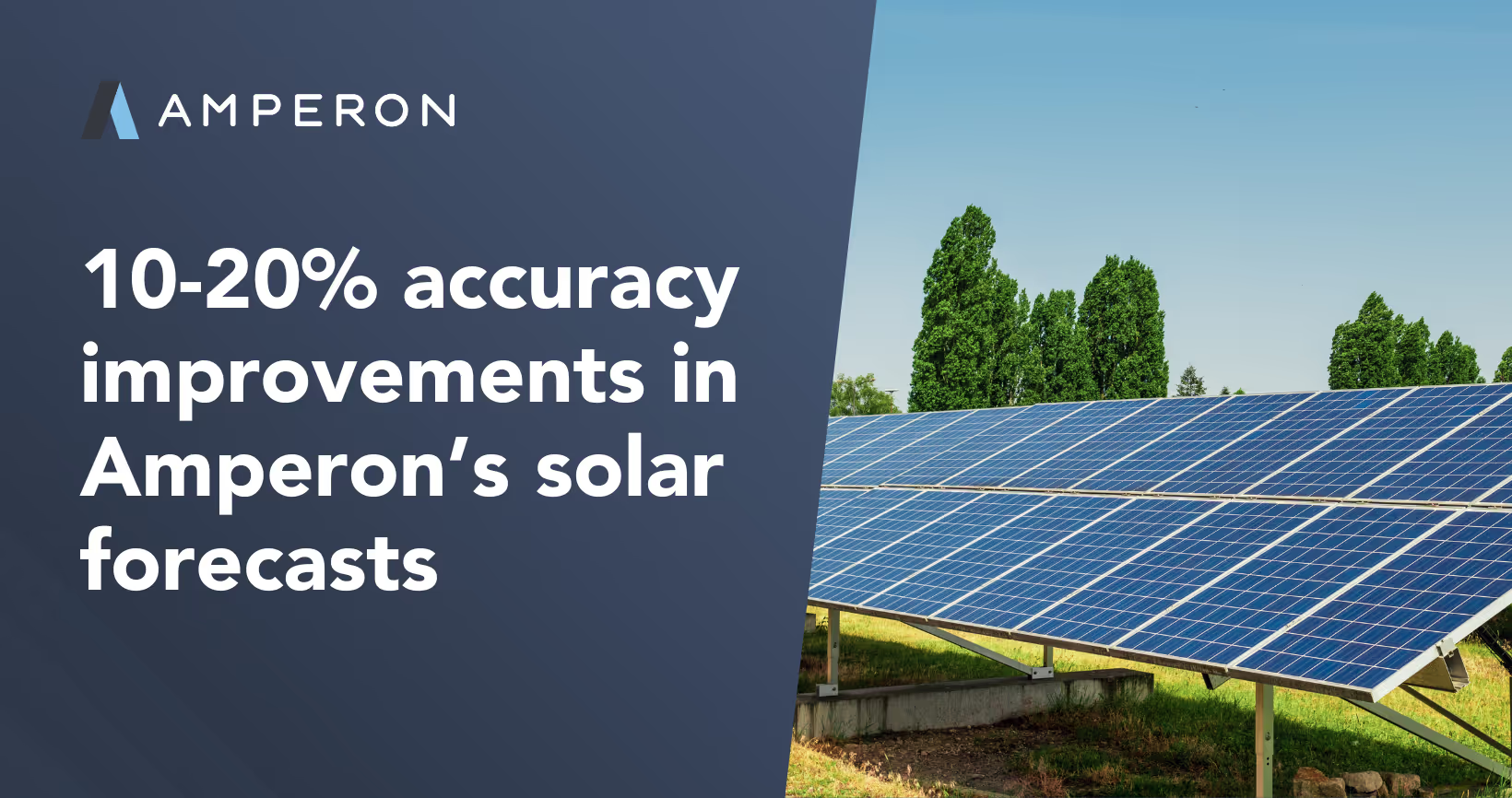


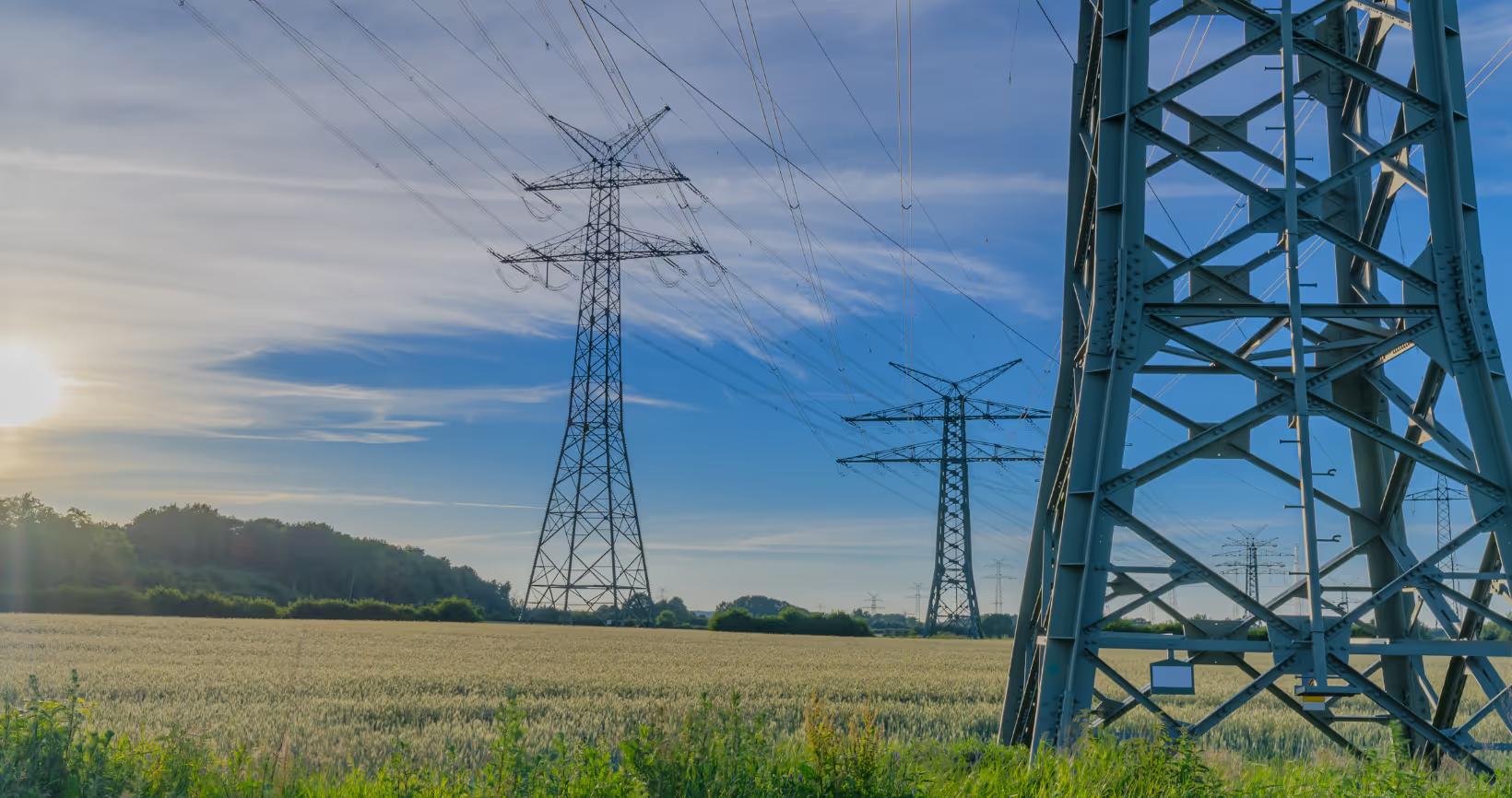


.avif)



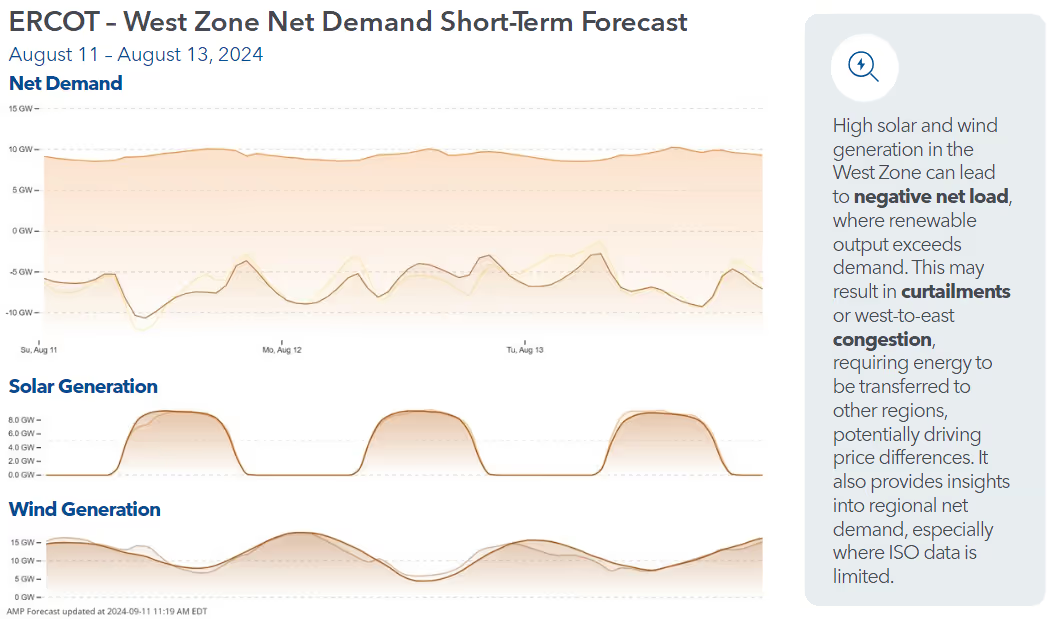



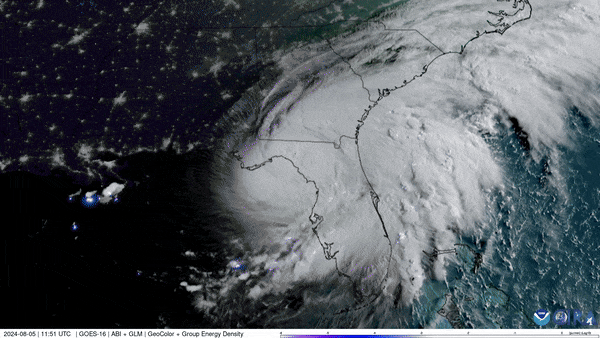

.avif)

.avif)





.avif)


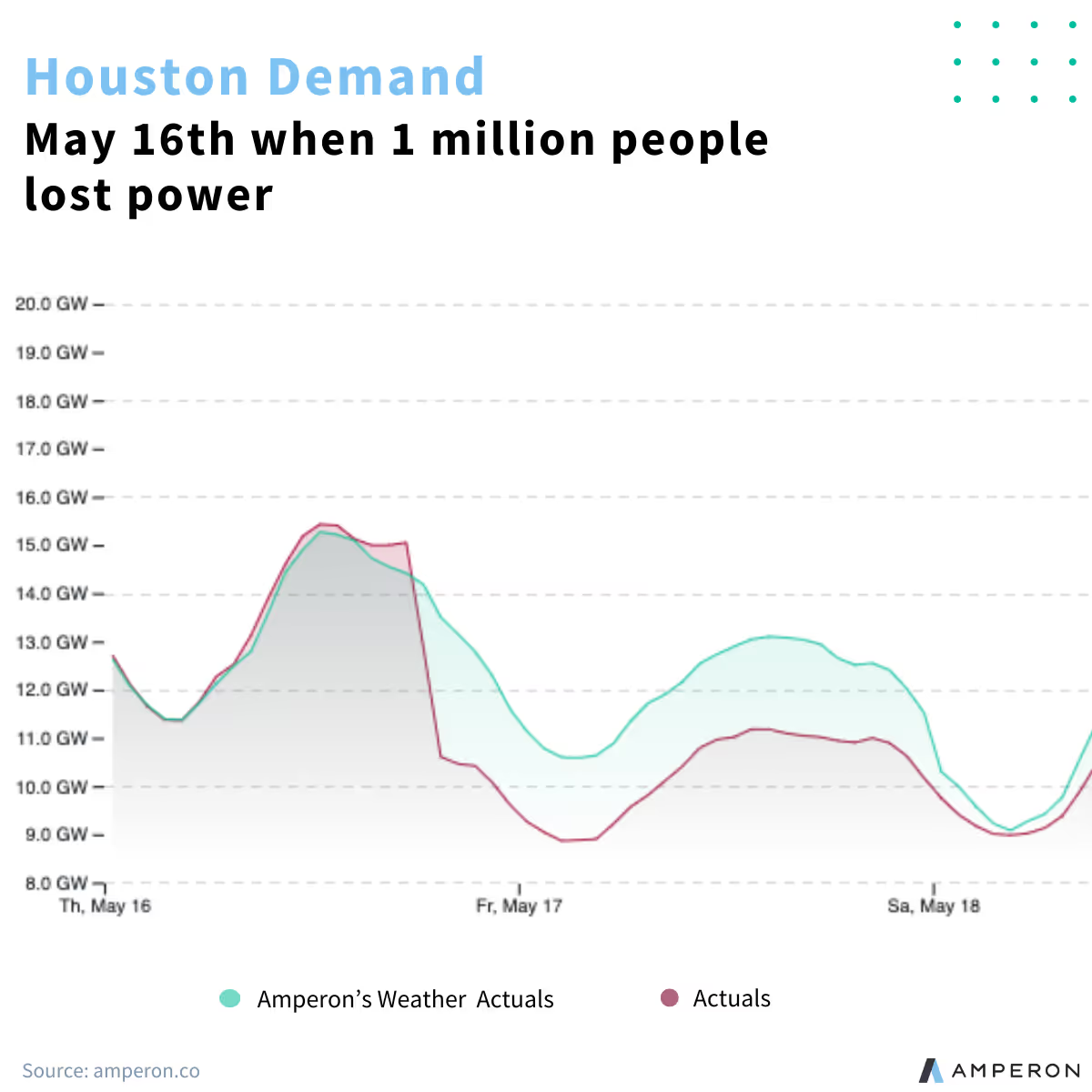


.avif)
.avif)



.avif)

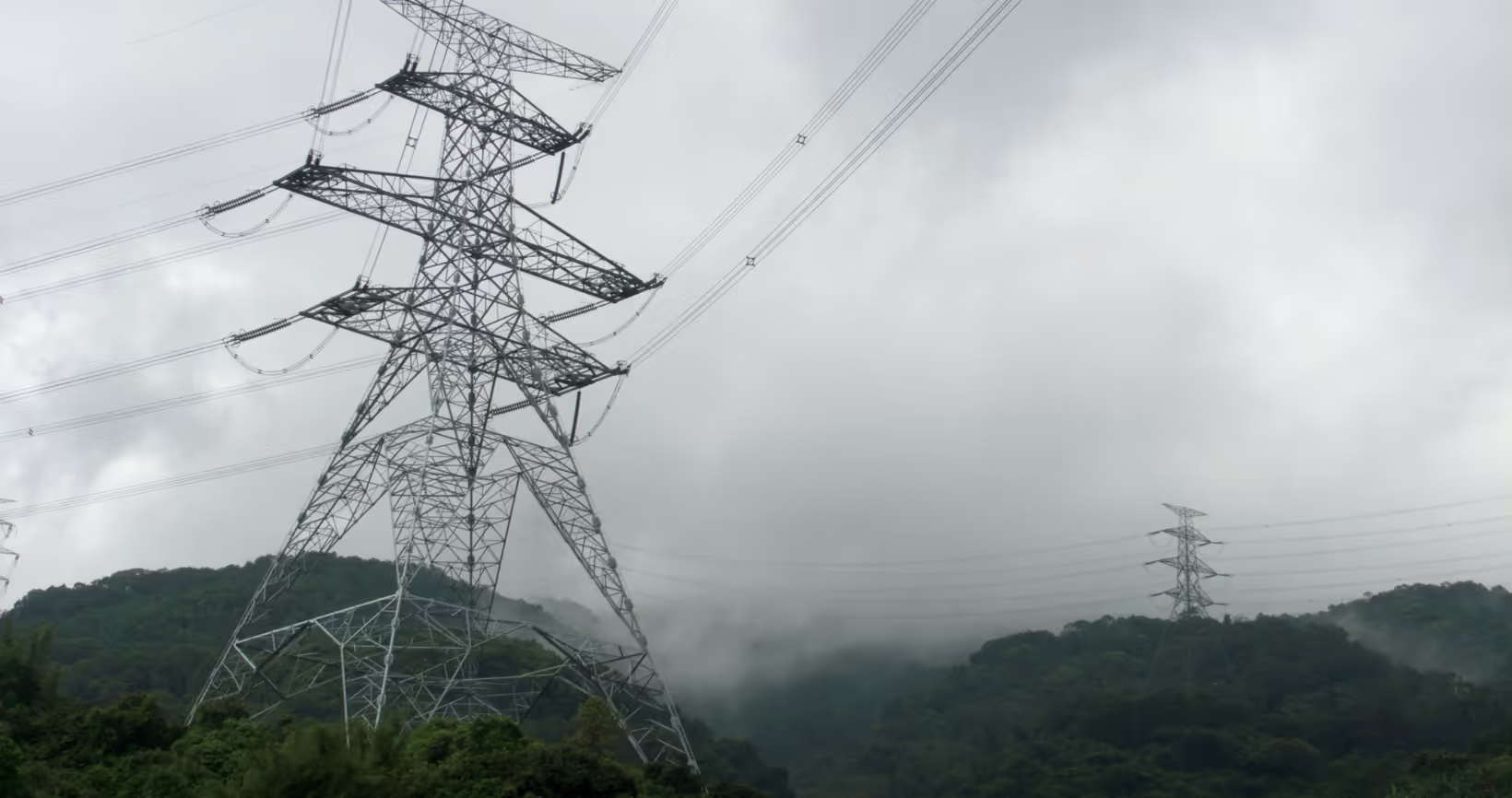


.avif)


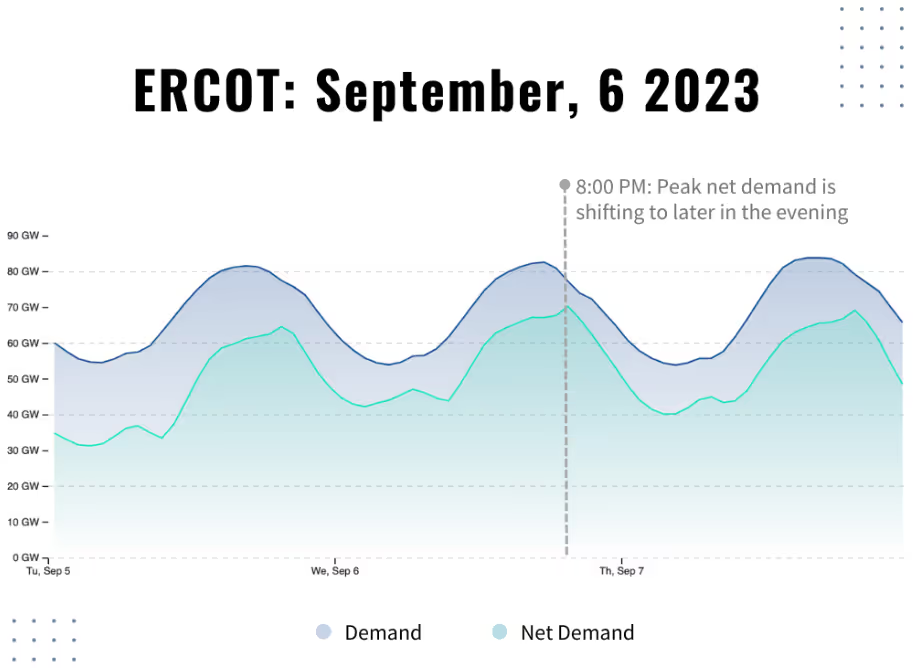
.avif)



